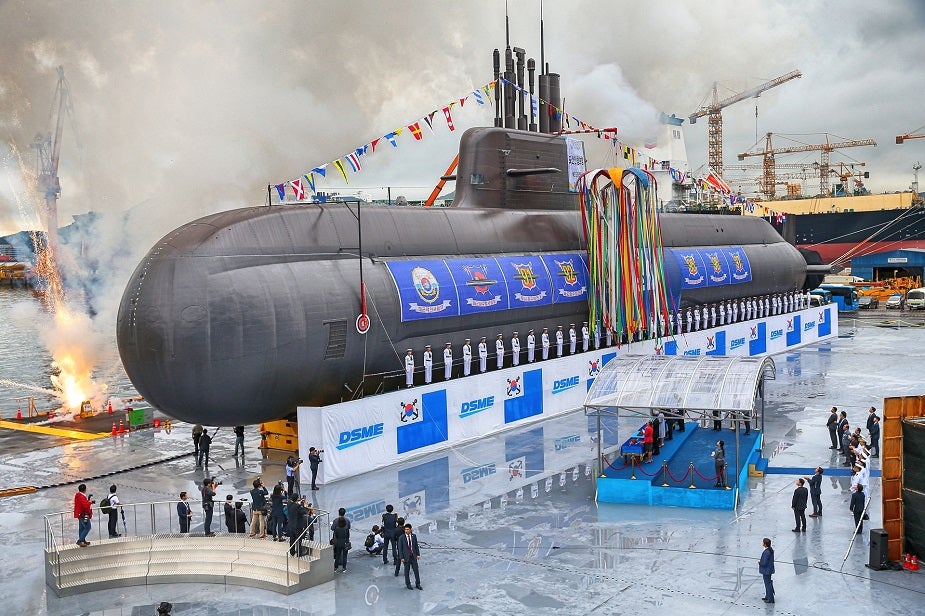South Korea Conducts First SLBM test From Indigenous Submarine
South Korea has carried out a successful firing of the nation’s first submarine-launched ballistic missile (SLBM) from the Dosan Ahn Chang-ho submarine last week. The test, as reported by the Yonhap News Agency, was conducted by the nation’s Agency for Defense Development (ADD). This test, which was the first to be conducted from a submarine follows a test conducted in July from an underwater test barge.
The missile used in the test was a variant of the nation’s land based Hyunmoo-2B, this new SLBM will reportedly be codenamed Hyunmoo-4-4. The Hyunmoo-2B entered service in 2009 and had a range of 300 km, this range was later revised to 800 km after the US-RoK agreement on range limitations was lifted. The missile required some minor modifications and featured a lighter warhead in order to go farther. The new SLBM will likely conduct a host of tests before it can finally move to mass fielding with the Navy.
The new SLBMs are launched from the Dosan Ahn Chang-ho class of submarines, otherwise known as the KSS-III Batch I. The RoK Navy will field three submarines in the first batch, the first-of-class (SS-083) ‘Dosan An Chang-Ho’ which was handed over to the RoK Navy recently, the (SS-085) ‘Ahn Moo‘ and the final vessel of the batch (SS 086) ‘Yi Dongnyeong’. The first batch of the submarines have a standard surfaced displacement of 3,358 tons and 3,800 tons when submerged. The submarines are armed with eight 533mm torpedo tubes and six Vertical Launch System tubes (VLS) for launching the Hyunmoo-4-4 or the future Cheon Ryong cruise missiles. The follow-on batch II of the class will feature ten Vertical Launch System tubes (VLS), and will likely displace more than the first batch.
The new class of SLBM capable submarines fielded by the Republic of Korea will serve as a conventional deterrence against the nation’s neighbor: North Korea. North Korea has also shown interest in its own indigenous SLBMs and has even conducted several tests from underwater barges. In May 2021, the US lifted the range limitations established under U.S.-South Korea missile guidelines. Thus, technically allowing the nation to field missiles with medium or even intermediate range. This event was followed by an announcement from the defense ministry to field new missiles with “significantly enhanced destructive power.” Under the nation’s defense blueprint for 2022-2026, it will spend 315.2 trillion won (US$273 billion) on defense. This is reported to be a 5.8% on year average increase over the coming five years.
File photo – The launch of Dosan An Chang-ho, 14 September, 2018. (DSME)

